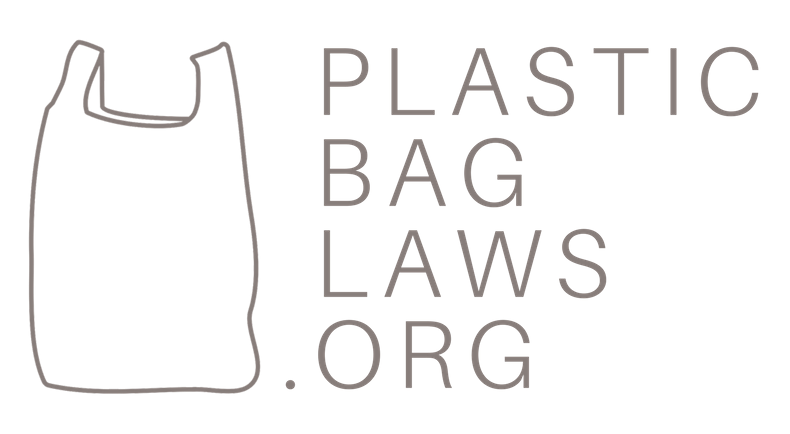Using Categorical Exemptions for "Second Generation" Plastic Bag Bans in California: A Look at the Insightful San Luis Obispo County Ruling
In the wake of the Save the Plastic Bag Coalition v. Manhattan Beach Supreme Court decision that found that Manhattan Beach was justified in not preparing an EIR before adopting its ordinance, Save the Plastic Bag Coalition (SPBC) has seemed to have just enough wiggle room to keep many cities from moving forward with plastic bag ordinances (through threats of litigation) premised mostly on the vague language of a footnote in the Manhattan Beach decision that says “appropriately comprehensive environmental review will be required” for larger cities. The crux of SPBC's argument under the California Environmental Quality Act (CEQA) was that plastic bag bans could have a significant negative impact on the environment because such bans could result in an increase of paper bag consumption. However, by the time the Manhattan Beach decision was issued many California jurisdictions had already moved on to “second generation” plastic bag bans that ban plastic bags and place a minimum 10-cent charge on paper bags (Manhattan Beach’s ordinance was just a straight ban that did not address paper), thus what amounts to “appropriately comprehensive environmental review" should be much less burdensome because second generation ordinances focus on an overall reduction of both plastic and paper bags.
A few jurisdictions (including Marin County) were comfortable enough with the strength of second generation ordinances that they went forward with adopting these ordinances pursuant to categorical exemptions, meaning that no formal CEQA review was required. Several of these decisions to move forward were only supported by minimal statistics on implementation. However now the case for categorical exemptions appears even stronger because several recent reports are available regarding the efficacy of second generation ordinances including a 95% reduction in LA County discussed here and a comprehensive report from the City of San Jose that includes litter analysis discussed here.
Many California jurisdictions have contacted plasticbaglaws.org asking what the first steps are to determine whether a categorical exemption is appropriate. This portion of the SLO ruling lays out the process quite well – conduct a “preliminary review” under CEQA (using the efficacy documents discussed above) before jumping into an “initial study”:
The first step 'is jurisdictional, requiring that an agency conduct a preliminary review in order to determine whether CEQA applies to a proposed activity.' The Guidelines give the agency 30 days to conduct this preliminary review....As part of the preliminary review, the public agency must determine the application of any ....categorical exemptions that would exempt the proposed project from further review under CEQA. The categorical exemptions are contained in the Guidelines and are formulated by the Secretary under authority conferred by CEQA section 21084(a). If, as a result of preliminary review, 'the agency finds the project is exempt from CEQA under any of the stated exemptions, no further environmental review is necessary. The agency may prepare and file a notice of exemption, citing the relevant section of the Guidelines and including a brief' statement of reasons to support the finding.' (Banker's Hill, 139 Cal.App.4th 249, 257-258 (Citations omitted.))
Below are additional quotes from the San Luis Obispo County superior court decision (full text of the opinion is here):
. . . the Industry Coalition specifically claims:
Based on the foregoing studies, there is substantial evidence that the proposed ordinance would result in a significant increase in negative environmental impacts resulting from increased paper bag usage if the proposed ordinance is adopted. [The Industry Coalition] has made a "fair argument," which triggers the requirement that the County prepare an EIR in accordance with the ruling of the California Supreme Court. (Emphasis added).
This argument, however, is akin to comparing apples with oranges, and it is misleading.
. . .
Most of the Coalition's evidence focuses on the evils of paper bags; yet, the consumption of paper bags is also targeted for reduction by the Ordinance. Hence, the Coalition is trying to knock down a straw man of its own creation. Further, much of the Coalition's "evidence" consists of arguments, crafted by its lawyer, interpreting reports from other regions of the United States and other countries. Not a single expert offered an opinion on the pros or cons of San Luis Obispo's Reusable Bag Ordinance.
. . .
The Reusable Bag Ordinance is not a ban on single-use plastic bags; rather, it is a comprehensive plan to increase consumer use of reusable bags by banning plastic bags and imposing a $.10 fee on using paper bags, thereby reducing the use of both single-use plastic and paper bags. The Industry Coalition cannot redefine the project according to its liking.
